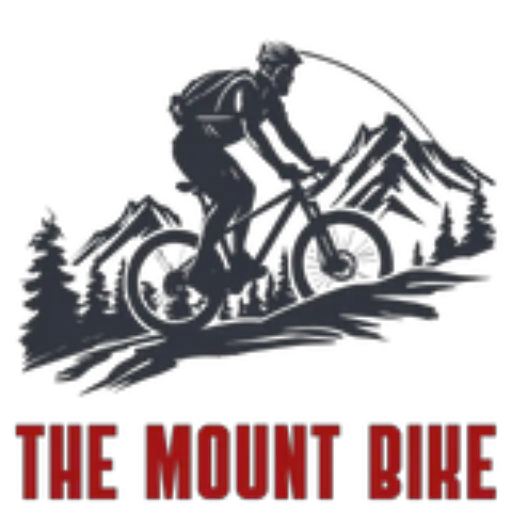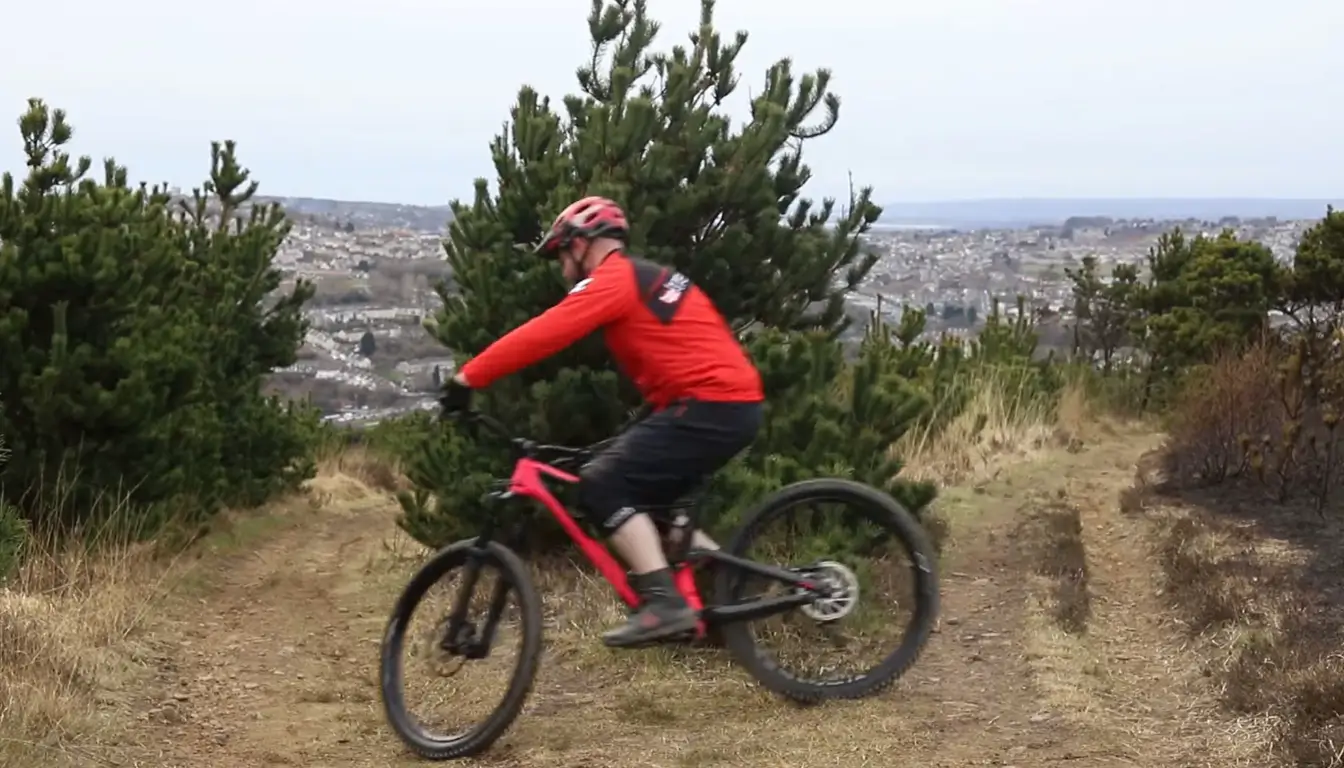What type of mountain bike should I buy? From my experience, when choosing a new mountain bike, the first thing to understand is the differences between the various types. This will help you to find a bike that is just right for the riding you plan on doing.
There are two basic types of mountain bikes (hardtails and full suspension) and these can be split into four disciplines. I’ll share each characteristic to help you choose the bike that is right for you.
What Type of Mountain Bike Should I Get?
When choosing a bike, you’ll need to consider your riding style and preferences, budget, available space, and where you plan on riding. Ultimately, the mountain bike that suits you best depends on how often you ride.
So, there are two main types of mountain bikes: hardtails and full suspension. Let’s take a look.
Hardtails Vs Full Suspension
The main difference between hardtail and full-suspension models is the fork or shock characteristics. The suspension gives you a smoother ride over rough terrain.
Hardtails
Hardtails are the most straightforward and most affordable type of mountain bike. They have a suspension fork on the front to smooth the bumps and a trail, but the rear wheel is attached rigidly to the frame. A hardtail will be lighter than a similarly priced full suspension bike.
Full Suspension
Full suspension bikes also have a rear shock as well as a fork. This bike is much smoother when the going gets rough. The main advantage of a full suspension bike is there is less skittishness over rough terrain, so you can ride faster with more confidence.
Now, hardtails and full suspension bikes are further categorized into 4 subtypes. There are –
XC Mountain Bike
The cross-country or XC mountain bike category includes recreational hardtails as full-suspension cross-country race bikes. These bikes have about 100 millimeters of suspension travel and are designed to be fast and efficient uphill while capable of relatively smooth downhill off-road descents.
- XC bikes have lower profile tires than other mountain bikes. This means they’re quicker on smooth terrain and suitable for general cycling.
- These bikes have a wide range of gears to get you up.
- Steep hills are most affected with hydraulic disc brakes for confident speed control in all weather conditions compared to the other disciplines.
- They offer a traditional mountain bike riding position with narrower bars and longer stands. This makes them efficient on smoother terrain, but they can feel a bit sketchy when the going gets rough.
Trail Bikes
Trail bikes are the most popular type of mountain bike with enthusiasts. You can choose trail bikes because –
- A hardtail and a full-size trail bike have between 120 and 150 mm suspension travel, making the trail center ride ideal.
- Modern trail bikes are made to be fast and confident on the fun descents and flowing single-track trails that characterize modern mountain biking.
- These bikes are lightweight and efficient, so the clients aren’t too much of a chore. A hardtail trail bike is a great way to get into the sport of mountain biking.
- It’ll help you to learn the essential skills. Compared to a simile price, full cess hard tells a lighter weight, and you’ll have a better components bag.
- Full-set trail bikes are much smoother on rough terrain, encouraging you to take on more challenging terrain and helping you take your riding to the next level.
- The trail bikes offer more relaxed geometry than XC bikes with slacker head tube angles for a more confident ride. When the going gets rough, wide handlebars and short stems give you more control over challenging terrain.
Most trail bikes have dropper posts that allow you to lower your saddle quickly so that your body position isn’t compromised when riding steep descents.
One by drivetrains with clutch max, make sure the chain stays in place on rough trails on wide range cassettes, giving you plenty of gears for the climbs.
Enduro Bikes
Enduro bikes are designed to be ridden uphill and down all day long, but the emphasis is skewed much more towards descending with 160 to 180 mm of suspension travel.
- These bikes are competent on challenging descents, so when the going gets steep and rough.
- That enduro bikes come into their enduro MT B’s have even more relaxed geometry than trail bikes with slacker head angles and offer more travel. The forks tend to have wider tubes and shocks.
- Often have to piggyback reservoirs and coil springs. This helps the bikes to handle rougher terrain. The brakes are more powerful, but the rest of the spec is similar to a trail bike.
While you can ride an enduro bike up and down all day, long trail bikes are quicker climbers and are more fun to ride on most trail center tracks.
This bike is a good choice if you spend most of your time pushing your limits on the most challenging trails or want to test yourself. An enduro race for most riders though a trail bike will be ideal.
Downhill Bikes
As the name suggests, the actual specialist of the mountain bike world is the bikes designed for riding the steepest and roughest descents. You can’t ride these bikes uphill because you’ve either got to push or get an uplift back to the top.
- Downhill bikes have extreme geometry with around 200 millimeters of suspension.
- Travel triple clamp forks are a signature of these bikes and help make them very stable when hard-charging through rough terrain.
- Everything is more significant on a downhill bike except the rear cassette, which misses the giant climbing cogs you find on other mountain bikes.
Downhill bikes are great for bike parks and downhill races, but you’ll need another bike if you want to ride anywhere else.
Frequently Asked Questions
How do I know what type of mountain bike to buy?
You’ll need to balance the performance characteristics of your chosen bike with your riding preferences. For example, a light hardtail will be much more responsive than a heavy, supremely rigid full-suspension bike, but it won’t perform up to the same standard as the former.
What is the difference between a trail bike and a mountain bike?
Many features separate a trail bike from a mountain bike, but one of the most obvious is the difference in their intended use. Most modern mountain bikes are designed for climbing and descending. Trail bikes were initially aimed at trail centers and enthusiasts seeking an alternative to standard mountain bikes.
Can MTB be used for long rides?
Yes, MTB can be used for long rides with the appropriate accessories. You can use saddle bags and other accessories to make you’re riding more comfortable.
Related Article
Conclusion
So, have you got all the ideas regarding what type of mountain bike should I buy? There are many types of mountain bikes available in the market. The right bike would depend on the type of terrain you ride in.
The only way to make sure that you’ll get the right bike is to study the components of each bike before deciding.
I hope the information in this article will help you choose the best mountain bike for your needs. Happy mountain biking!

I am Ryan Ford, a mountain biking enthusiast who loves to explore the outdoors. I also like to go on adventures with friends and anything else that involves being outside. I love my bike because it gets me out of the house and gives me an opportunity to enjoy nature.

